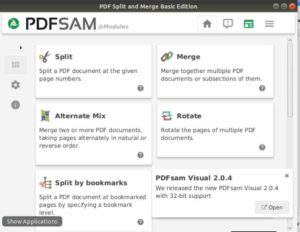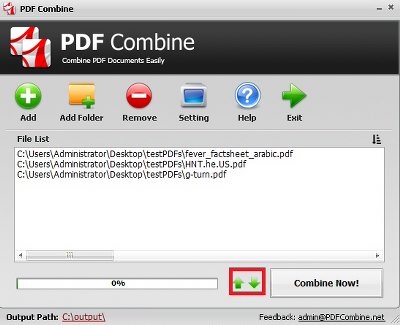

If you don't have tar on this mainframe, you'll have to think of something else.

Is it "are", "a", "dyes"? Or "a", "read", "yes"? You can add spaces, or some other character for delimiting your strings but what if the string you've started with has one of those characters? Without any prior knowledge to what you started with, you can't separate them into 3 strings again. You concatenate them and you get "areadyes". For example, you have 3 strings: "are", "a", "dyes". If you want to be able to separate the files later, follow infgeoax's advice and use tar.Ĭat doesn't do things that allow you to separate what you've concatenated together once you've done it. The binary pdf is going to be corrupted because you've concatenated it to the end of an ascii file. If you want to combine many files together and then be able to separate them afterwards, you don't use cat because that's not what it's for. If you want to concatenate them, then yes, you use cat. Is CAT the correct way to combine multiple files of different type into single file ? 2) Also, the pdf is shown as damaged file in mainframe. Then use this cat command: cat plainFile.abc blank_line pdfFile.pdf > combined.fileġ) The pdf is not starting from a new line. Or, a slightly less messy way, you can create a file with just a blank line using echo: echo > blank_line You can insert a newline by either piping a blank echo: cat plainFile.abc > combined.file If this is what you want, cat is probably the command you want. I want the new file to start at the beginning of a new line. However, right now if the first file is ending at position 3 then second file is getting appended right after that i.e. Second file should start from position one The idea is to send the destination file over to mainframes where it will be parsed. I want the second file to start from a new position in a new line.

In way two, both files get combined, however the second file is getting appended in the position where first file ends. In way one, the second file is not getting appended to the destination file even though the definition says 'The operator > can be used to combine multiple files into one.' Notice the difference in '>' and '>' in above ways. Select the files you want to merge using the Acrobat PDF combiner tool. I am using cat command to achieve the same: Way 1: The name of the destination file would be combined.file I want to join the two files into a single file. Name of first file is plainFile.abc and name of second file is pdfFile.pdf Using a word processor application on your Linux system or any of a number of commands, some of which you might have to install, you can easily work with, create or merge PDF files.I have two types of files - a simple character file and a pdf file.
#Linux merge pdf files into one windows
You can combine multiple PDF files into one single, easy-to-share print use simple windows on their Slicker computer or Windows PC. For example: Pdfunite gives in one 75MB file as Ghostscript packet everything into 1MB. $ pdfunite recipe-1.pdf recipe-2.pdf recipe-3.pdf recipe-4.pdf recipe-5.pdf cat output recipes.pdf The size of the and resulting PDF is far too big. As with pdftk, you can either list all of the files on your command line or using a wildcard if the file names follow a reliable pattern. You can use a wildcard if your files follow a regular pattern like this: $ pdftk recipe-*.pdf cat output recipes.pdfĪnother command that works like pdftl that you can use is the pdfunite tool. You can read more about using this command on an Ubuntu system at .Ī pdftk command to join a number of PDFs into a single file might look like this: $ pdftk recipe-1.pdf recipe-2.pdf recipe-3.pdf recipe-4.pdf recipe-5.pdf cat output recipes.pdf One of the easiest ways to join a number of PDFs into a single file is to use the pdftk command. After opening an html file in LibreOffice, save it in PDF format by using the Export As and Export as PDF… options.


 0 kommentar(er)
0 kommentar(er)
